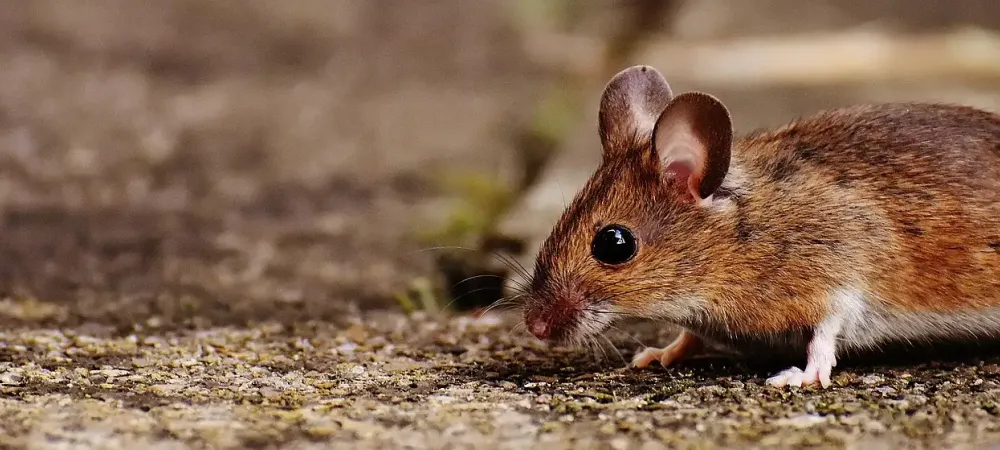How to Safely Get Rid of a Dead Mouse

Discovering a dead mouse or rat in your home can be an unpleasant sight that no one wants to encounter. However, it is crucial to address this issue promptly due to the potential health hazards associated with dead rodents. The decomposition process of a dead mouse or rat can release sulfur dioxide, resulting in a foul smell that permeates the area. Moreover, these animals are known carriers of numerous diseases, posing a severe risk to human health.
In this guide, we will provide you with step-by-step instructions on how to handle the situation when you find a dead rat, emphasizing the importance of protective measures and outlining safe removal techniques. By following these preventative measures, you can ensure the health and well-being of yourself and your household while addressing the issue of a dead mouse or rat in an effective and safe manner.
How to Find a Dead Mouse
When it comes to dealing with a potential dead mouse problem in your home, it is important to be able to identify the signs and take appropriate action. Here are some steps to help you identify if you have a dead mouse issue in your home:
- Conduct a Visual Inspection: Start by thoroughly inspecting your home for any signs of a foul smell or the presence of flies. These are often strong indicators that there may be a dead rodent nearby.
- Look for Droppings and Gnaw Marks: Pay close attention to areas where you have seen mouse droppings or noticed gnaw marks on food packaging or other items. These are clear signs of rodent activity and may lead you to a potential dead mouse.
- Inspect Damaged Food Packaging: Check your food storage areas for any signs of damage. Mice often chew through packaging to access food sources, and this could be an indication that you have a mouse problem.
- Check Hidden Areas: Look in areas where mice like to hide, such as wall cavities, attics, and basements. These secluded places are ideal for rodents to set up nests and potentially die.
By following these steps, you will be able to identify whether you have a dead mouse problem in your home. If you do find a deceased rodent, it is important to take proper precautionary measures and use protective gear, such as rubber gloves and disposable bags, to safely remove the carcass.
Safely Removing a Dead Mouse
Discovering a dead mouse can be unpleasant, but it's important to handle the situation promptly and properly. Here is a step-by-step process for removing a dead mouse:
- Put on protective gear: Before touching the dead mouse, ensure you are wearing rubber gloves, a long-sleeved top, and pants. This helps minimize direct contact with the carcass and reduces the risk of diseases.
- Use a respirator or dust filter mask: To prevent inhaling any potentially harmful particles or unpleasant odors, wear a respirator or dust filter mask.
- Place the dead mouse in a plastic bag: Carefully pick up the dead mouse using paper towels or disposable gloves. Place it directly into a plastic bag.
- Seal the plastic bag: Once the mouse is inside the plastic bag, tightly seal it to prevent any leakage or odors. This can be done by twisting the top of the bag and securing it with a rubber band or by using a zip tie.
- Double-bag and tie the bag tightly: To further contain any odors or fluids, place the bag containing the dead mouse into a separate trash bag. Tie the trash bag tightly to ensure it is sealed.
- Dispose of the bag properly: Place the double-bagged dead mouse in an outdoor trash bin or contact your local waste management services for disposal instructions. Be sure to follow any specific guidelines provided by your municipality.
Check Out Our Other Mice Articles
Don't let unwanted pests compromise your comfort and safety another day. With over 51 years of family-owned expertise, Suburban Pest Control offers fast, discreet solutions tailored to your needs. Our dedicated team of professionals stands ready to eliminate your pest problems while upholding our core values of integrity, teamwork, and exceptional service. Contact us today for a consultation and experience the peace of mind that comes with entrusting your home or business to a company that has been protecting our community since 1974.
